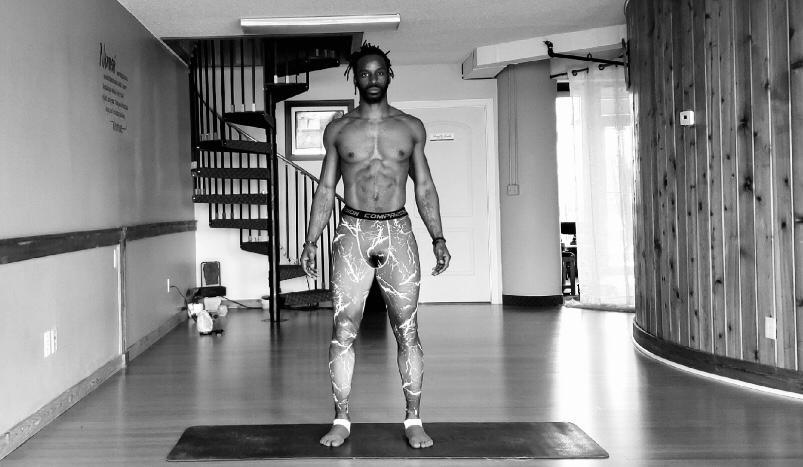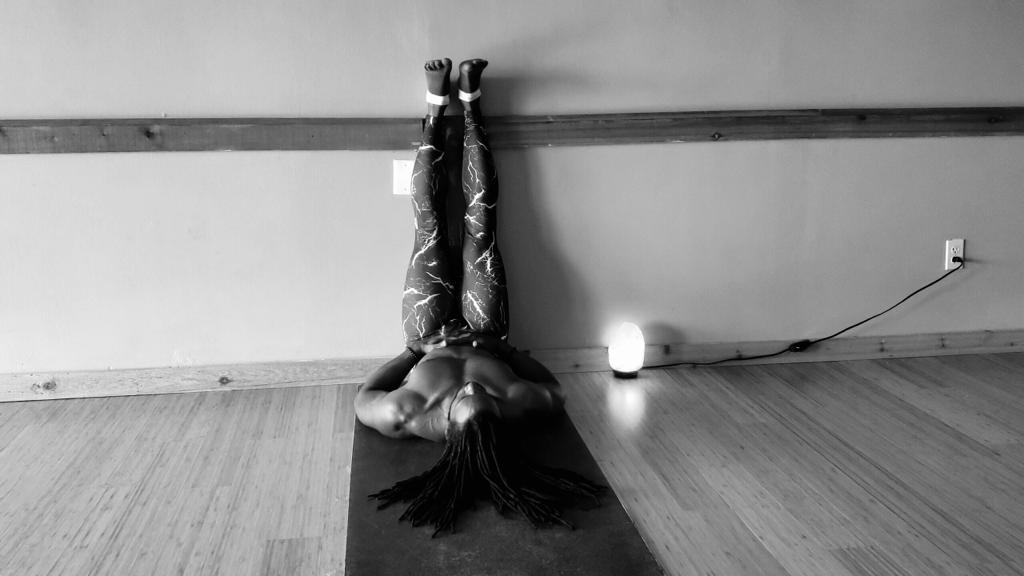
Tadasana: An Ayurvedic Guide to Mountain Pose

Tadasana, also known as Mountain Pose or Samasthiti, is a foundational, grounding and stabilizing posture. Through this asana, one is able to tap into proper alignment which is essential to practice yoga in a safe and sustainable way. Let’s look at some of the various benefits of this posture:
- strengthens the back, buttocks and legs
- corrects posture
- improves balance
- relief from sciatica
- makes the spine more agile
- tones the abdominal muscles
- enhances circulation
From the Ayurvedic lens, this posture is necessary for balancing all three doshas; however, there are different ways to practice the asana depending on the dosha.
Vata- People that are vata predominant or experiencing a vata imbalance can practice Tadasana daily. Spending a longer amount of time in tadasana will help stabilize light, cold and mobile vata dosha. If working to reduce excess vata, focus on the downward, grounding energy of the posture, giving special attention to the legs, feet and toes, connecting oneself with the earth element.
Pitta- People that are pitta predominant or experiencing a pitta imbalance can practice Tadasana daily. This posture helps to soothe and cool the fiery aspects of pitta dosha and restore a sense of calm and center in the body and mind. If working to reduce excess pitta dosha, focus on the heart opening energy this posture provides. Once you have established a connection with the heart center, bring your awareness down the body to the legs and feet where you can establish a connection with the earth element.
Kapha- People that are kapha predominant or experiencing a kapha imbalance can practice Tadasana daily. This posture can actually counterbalance the heavy and static energy associated with kapha because it brings the practitioner into a state of body and mind awareness. Stay in the posture just long enough to cultivate a connection with your breath, body and mind, and then proceed with an energizing yoga practice.
How to Do Tadasana:
- Come to stand at the top of your yoga mat, with your feet hip distance apart and parallel with the mat.
- Bring awareness to the feet and allow your weight to evenly distribute between the balls and heels of your feet.
- Tone the legs and lift up through the knee caps to engage the legs. Be mindful to not lock the knees. Instead, keep a slight bend in them to protect your joints.
- Lift the hips up and away from the legs, creating length in the front body.
- Bring your pelvis to a neutral position.
- Draw the shoulders down the back, as you do this, your chest and heart center should feel more open.
- Keep the arms relaxed by your sides.
- Slightly draw your chin back so the crown of your head is in line with your pelvis.
- Bring your attention to the crown of your head.
- Imagine a long line of energy that is connected to your feet, moves through your spine and extends up and out through the crown of your head.
- Now that you are in proper alignment, take 5-10 slow abdominal breaths, connecting with the foundational aspects of Tadasana.
Precautions:
- It is best to learn any yoga posture, including Tadasana, under the supervision of a Yoga teacher. This way, the teacher can help correct alignment which will decrease the chances of you developing faulty or harmful habits in your Yoga practice.
- Please consult a physician before you begin any exercise practice, including Yoga.
Contraindications for Tadasana:
If you are feeling lightheaded or extremely unbalanced, we do not recommend practicing this posture.





Leave a comment
This site is protected by hCaptcha and the hCaptcha Privacy Policy and Terms of Service apply.